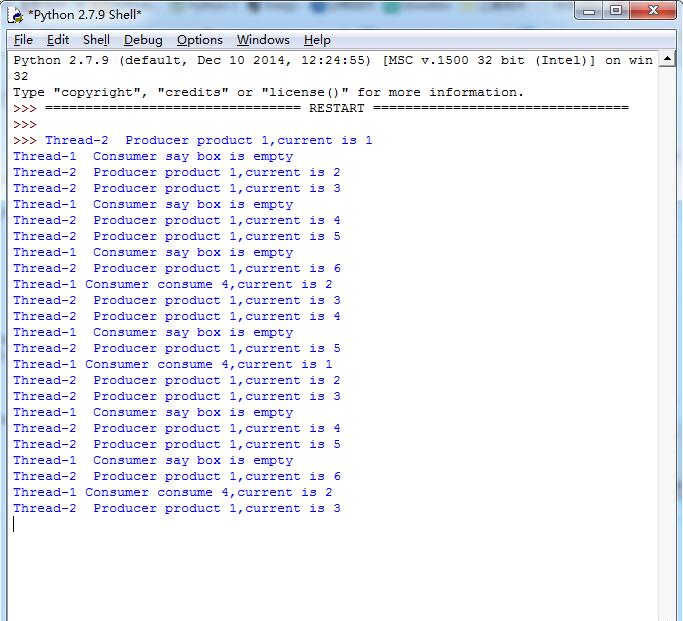Python实现代码统计工具
本文实例为大家分享了Python实现代码统计工具的具体代码,供大家参考,具体内容如下
思路:首先获取所有文件,然后统计每个文件中代码的行数,最后将行数相加.
实现的功能:
统计每个文件的行数;
统计总行数;
支持指定统计文件类型,排除不想统计的文件类型;
排除空行;
排除注释行
import os
import sys
import os.path
#for i in sys.argv:
# print (i)
# 判断单个文件的代码行数
def count_file_lines(file_path):
line_count = 0
flag=True
try:
fp = open(file_path,"r",encoding="utf-8")
encoding_type="utf-8"
fp.close()
except:
encoding_type="gbk"
with open(file_path,"r",encoding=encoding_type) as fp:
for line in fp:
#print (line_count)
if line.strip()=="":
continue
else:
if line.strip().endswith("'''") and flag == False:
flag=True
continue
if line.strip().endswith('"""') and flag == False:
flag=True
continue
if flag == False:
continue
if line.strip().startswith("#encoding") or line.strip().startswith("#-*-"):
line_count += 1
#elif line.strip().startswith('"""') and line.strip().endswith('"""') and line.strip()!='"""':
#continue
#elif line.strip().startswith("'''") and line.strip().endswith("'''") and line.strip()!="'''":
#continue
elif line.strip().startswith('#'):
continue
elif line.strip().startswith("'''") and flag == True:
flag = False
continue
elif line.strip().startswith('"""') and flag == True:
flag = False
continue
else:
line_count += 1
return line_count
def count_code_lines(path,file_types=[]):
# 判断路径是否存在
if not os.path.exists(path):
print("您输入的目录或文件路径不存在")
return 0
line_count=0 #代码行总数
file_lines_dict={} #每个文件代码行数
# 判断是否为文件
if os.path.isfile(path):
file_type = os.path.splitext(path)[1][1:] #取到文件后缀名
# 判断文件类型是否满足条件
if len(file_types)==0:
file_types=["py","cpp","c","java","ruby","ini","go","html","css","js","txt","vbs","php","asp","sh"]
if file_type in file_types:
line_count = count_file_lines(path)
return line_count
else:
file_path = []
for root, dirs, files in os.walk(path):
for file in files:
file_path.append(os.path.join(root,file))
for f in file_path:
file_type = os.path.splitext(f)[1][1:]
if len(file_types)==0:
file_types=
["py","cpp","c","java","ruby","ini","go","html","css","js","txt","vbs","php","asp","sh"]
if file_type not in file_types:
continue
line_num = count_file_lines(f)
line_count += line_num
file_lines_dict[f] = line_num
return line_count,file_lines_dict
if __name__=="__main__":
print (sys.argv)
if len(sys.argv) < 2:
print ("请输入待统计行数的代码绝对路径!")
sys.exit()
count_path = sys.argv[1]
file_types = []
if len(sys.argv) >2:
for i in sys.argv[2:]:
file_types.append(i)
#print(count_path,file_types)
print(count_code_lines(count_path,file_types))
#print(count_file_lines("b.py"))
以上就是本文的全部内容,希望对大家的学习有所帮助,也希望大家多多支持【听图阁-专注于Python设计】。
